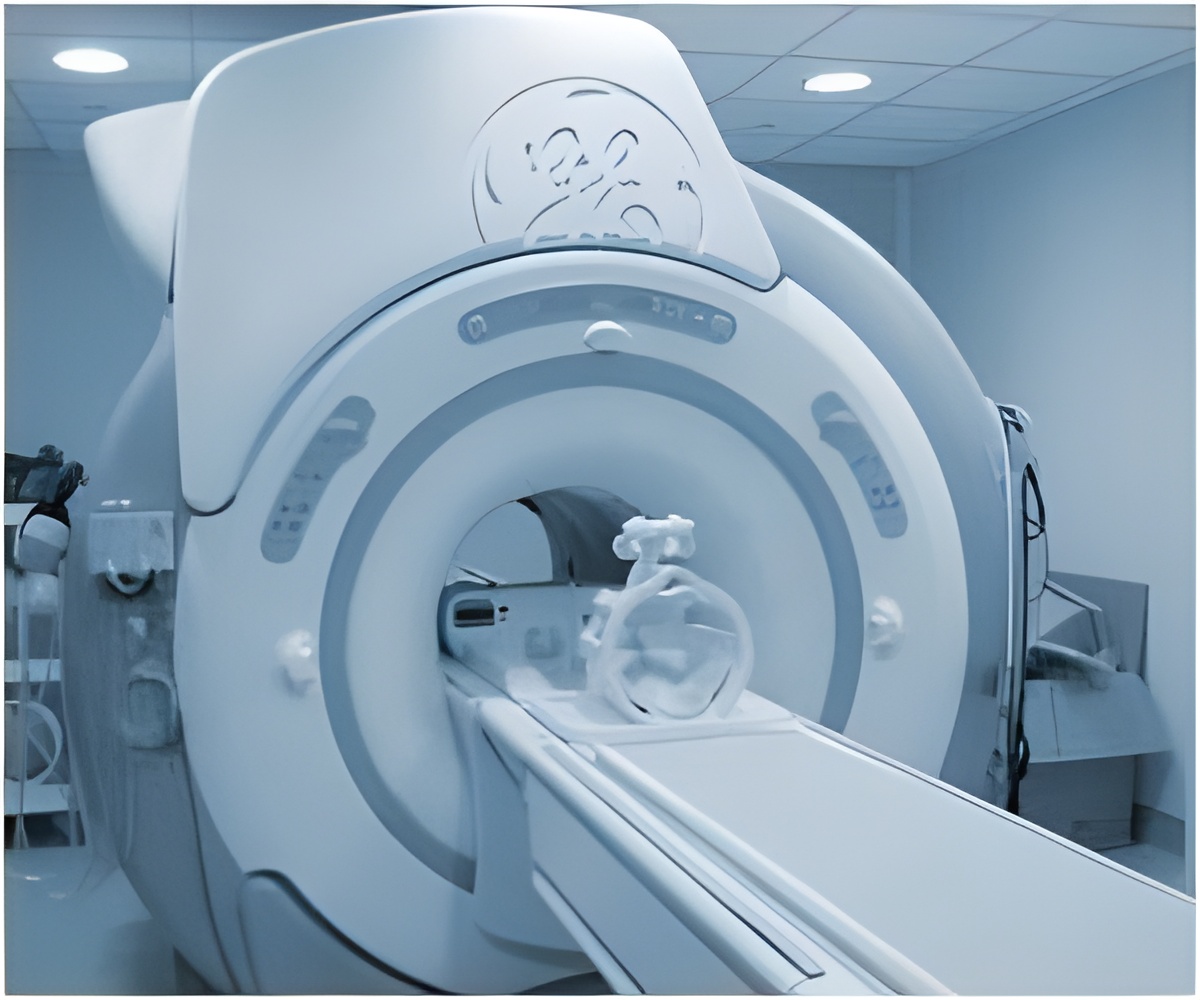
Additionally, STE can be applied even in patients with contraindications for MRI, such as metallic devices, claustrophobia, and severe renal failure that preclude use of contrast infusions. "The studies presented here open the way for every patient who is admitted to hospital with STEMI to undergo assessment of infarct size with echocardiography prior to discharge," says Badano.
Infarct size matters for determining how well patients will recover from STEMI. Statistics suggest that people who suffer damage to more than 30% of the left ventricle are twice as likely to die within a year of the event than people who suffer less damage. "It's well known that patients with larger infarcts are more likely to undergo alterations in the structure (dimensions, mass and shape) of the left ventricle, known as cardiac remodelling, which leads to heart failure," says Badano.
Evidence is mounting, he adds, that screening for patients with larger infract sizes enables identification of patients with a worse prognosis who benefit from more aggressive therapy and more frequent follow-up visits. "Nowadays many more options exist for STEMI patients deemed at high risk of adverse events, including prescription of ACE inhibitors and insertion of devices like CRT cardiac resynchronisation or ICDs", says Badano.
Speckle tracking echocardiography (STE) is a comparatively new non-invasive echocardiography technique well suited to quantifying infarct size. It works by tracking the movement of natural acoustic markers or "speckles" which are present on standard grey ultrasound tissue images. With the use of wall motion tracking software, speckle movement (and therefore myocardial tissue movement) can be visualised during the cardiac cycle. Speckle-tracking can be used to evaluate myocardial strain, which describes the myocardial deformation throughout the cardiac cycle. Reductions in measurement of strain, have been found to show direct relationships to the size of the infarct.
First use of 3D speckle-tracking to estimate infarct size following STEMI
Advertisement
In the study, which presents the first data on use of 3D speckle-tracking in measuring infarct size, Dr Denisa Muraru and colleagues from the University of Padua (Italy), estimated infarct size and necrosis transmurality in patients with recent STEMI, who had undergone successful treatment with primary PCI. One of the advantages of 3D speckle-tracking over 2D, say the authors, is that it allows the assessment of longitudinal (apex-to-base shortening), circumferential (shortening in the circumferential direction); radial strain (myocardialwall thickeningtowards LV cavity center) and area strain (a deformation parameter combining longitudinal and circumferential strain) at the same time. In the study, 49 patients with recent STEMI, successfully reperfused with primary PCI were assessed by 3D speckle-tracking, and the obtained LV strain parameters were compared with peak troponin I levels, as an estimate of the extent of myocardial cell injury. In a multivariable analysis, results showed that only circumferential strain emerged as a significant independent predictor of infarct size. Furthermore, in the subgroup of 27 patients who underwent additional assessment with delayed-enhancement MRI within 24 hours from the echocardiographic study, circumferential strain again showed the closest correlation with infarct size and the best predictive power to identify LV segments with transmural necrosis among all strain components.
Advertisement
Study uses 2D speckle tracking to predict infarct size
Longitudinal strain measured early after reperfusion with 2D speckle-tracking may predict infarct size and LV remodelling, concludes a Bulgarian study ².
In the study, Dr Krasimira Hristova and colleagues, from the University National Heart Hospital (Sofia, Bulgaria) investigated the ability of speckle-tracking echocardiography using the vector velocity imaging technique (which measures both the amount of strain and the direction of strain) to determine infarct size.
In the study 30 patients who had PCI for an acute MI within 24 hours and 20 normal volunteers (who had not experienced an event) were assessed with both vector velocity speckle-tracking and intracoronary electrocardiography. The later technique is an established procedure that maps areas of ischemia with guide wires during percutaneous procedures, providing the exact location and size of residual ischemia.
The results showed that in patients who had suffered STEMI radial and circumferential strain decreased in the infarct area , perinfarct area (immediate area around the infarct) and remote regions acutely in comparison with controls; but that longitudinal strain was only decreased in the actual infarct area and not in the perinfarct and remote regions.
"While longitudinal strain shows the best relationship to infarct size, we believe that radial and circumferential strain may be useful to predict the later development of adverse LV remodelling," says Hristova.
In the next part of the study, she adds, they hope to be able to compare their initial results for longitudinal, radial and circumferential strain with the longer term effects on left ventricular remodelling.
Source-Eurekalert










